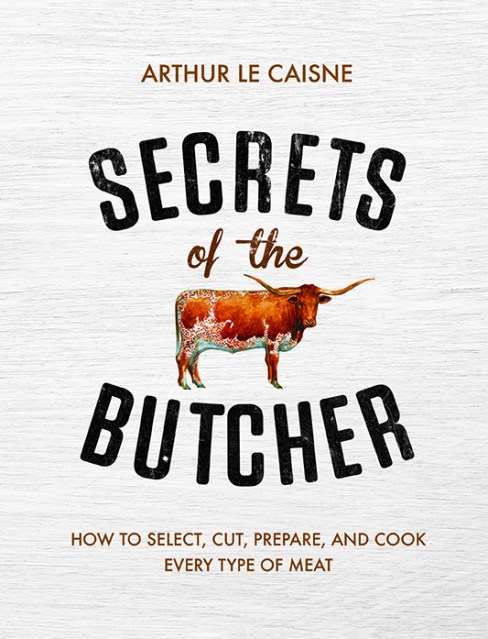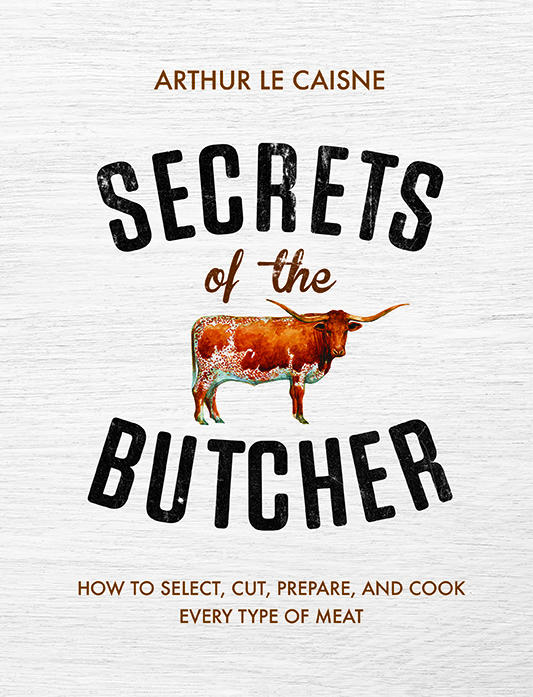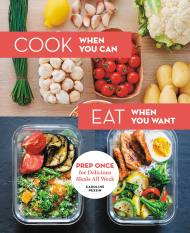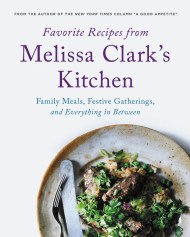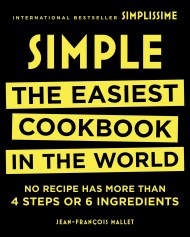Promotion
Use code MOM24 for 20% off site wide + free shipping over $45
Secrets of the Butcher
How to Select, Cut, Prepare, and Cook Every Type of Meat
Contributors
Formats and Prices
Price
$27.99Price
$33.99 CADFormat
Format:
- Hardcover $27.99 $33.99 CAD
- ebook $9.99 $12.99 CAD
This item is a preorder. Your payment method will be charged immediately, and the product is expected to ship on or around May 1, 2018. This date is subject to change due to shipping delays beyond our control.
Also available from:
In Secrets of the Butcher, author Arthur Le Caisne takes readers step-by-step through the ever-evolving and artisanal world of meat. Organized by type of protein — beef, veal, pork, lamb, poultry, and turkey — the book categorizes and describes the origin and characteristics of the best of each type. Secrets of the Butcher also includes state-of-the-art information on techniques and little know tricks of the trade, including answers to variety of questions such as What is dry aging? Is a sharp knife the best to cut meat? Is it better to pre-salt meat several days in advance or just before or after cooking and why? Do marinades really works? At what temperature is it best to cook meat? Is resting the meat after cooking really necessary? And much more. Accurate, scientific, and fully illustrated throughout with clear and useful four-color illustrations, Secrets of the Butcher is a must have for anyone serious about cooking meat.
Genre:
- On Sale
- May 1, 2018
- Page Count
- 240 pages
- Publisher
- Black Dog & Leventhal
- ISBN-13
- 9780316480666
Newsletter Signup
By clicking ‘Sign Up,’ I acknowledge that I have read and agree to Hachette Book Group’s Privacy Policy and Terms of Use
